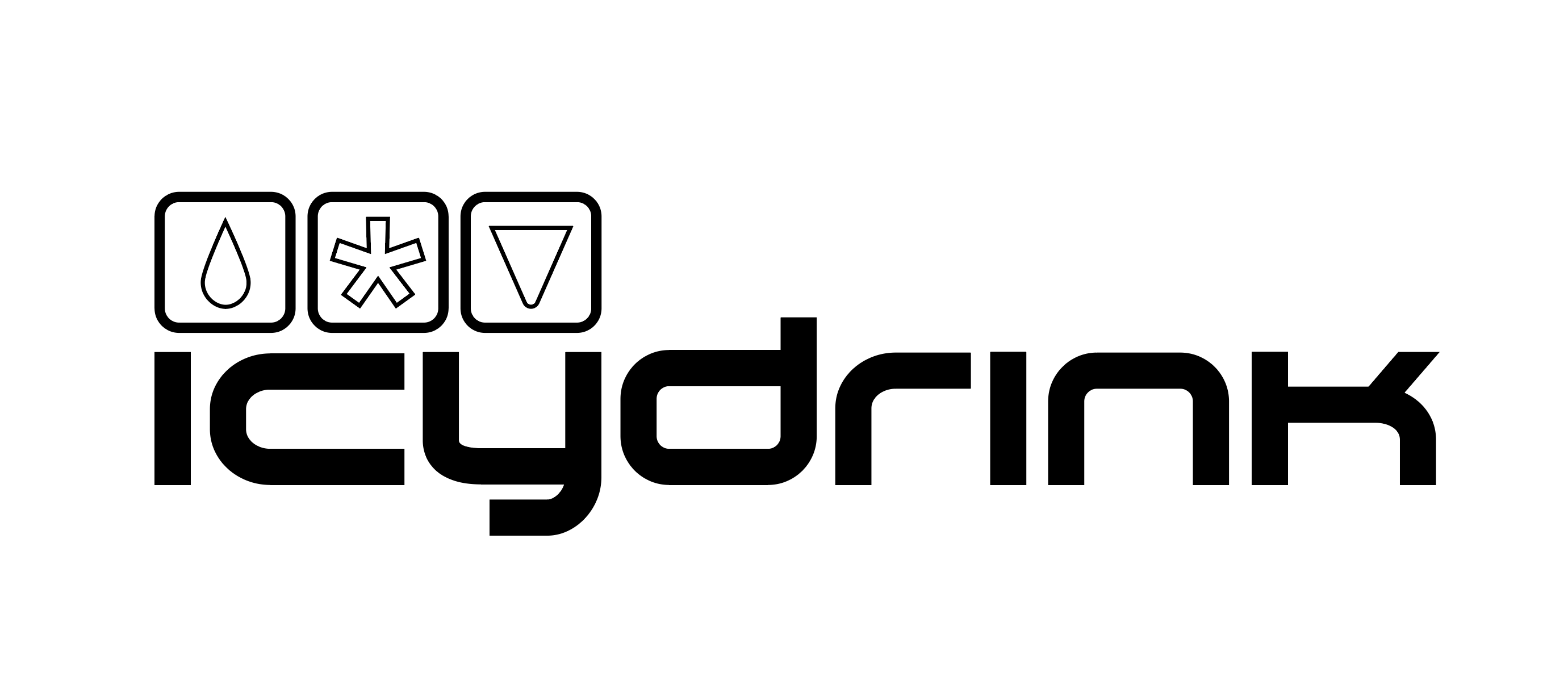What is the daily production rate of ice glasses?
Icydrink has a robust production system that is capable of creating 8 ice glasses every half an hour, akin to any standard ice cube maker. The total number of glasses produced in a day, however, is contingent upon the working hours. As the day wraps up, it's essential to turn off the ice-maker for maintenance and energy-saving purposes.
What are the storage conditions for ice glasses?
Once the ice glasses are formed, they must be promptly transferred to a freezer. The company provides specialized trays to facilitate this storage. The freezer must maintain a consistent temperature of -18*C to ensure the quality and longevity of the ice glasses.
Why is it essential to store ice glasses in a freezer?
Ice glasses necessitate freezing conditions to maintain their shape and size. Unlike conventional ice cubes, which are often stored in a collection tank regardless of their form, ice glasses require careful storage on designated trays in a freezer. This helps in preserving the aesthetic appeal and functionality of the glasses.
What is the procedure for using ice glasses?
When needed, the glasses are carefully retrieved from the freezer using ice-tongs and placed on either glass or disposable plastic supports, depending on the type of service you are offering to your guests.
What kinds of beverages or food items can be served in these ice glasses?
Icydrink initially designed the ice glasses with the intention of serving cocktails, liqueurs, espresso coffee, sorbets, and fruit salads. However, our customers have found innovative uses for them, serving Prawn Cocktails, Caviar, and other exquisite dishes in these unique glasses.
What is the lifespan of an ice glass?
An ice glass is designed to last approximately 25 to 30 minutes. This time frame can vary based on the ambient temperature of the serving area and the temperature of the cocktail—whether it's served at room temperature, cooled, or shaken.
What is the cost associated with producing an ice glass?
The production cost of an ice glass largely depends on the local costs of water and electricity. These costs can fluctuate based on location. However, on average, the cost to produce a single ice glass falls between 4-5 cents.
What is the maximum capacity of an ice glass?
An ice glass can comfortably hold up to 100 ml of liquid, making it a perfect choice for serving cocktails and other beverages.
Does using ice glasses result in wet hands?
No, absolutely not. The clever use of disposable glass or plastic supports ensures that the water resulting from the melting ice is collected, thereby keeping your hands dry and preventing any discomfort from the cold.
Do lips stick to the ice glass?
The ice glass undergoes a minor increase in temperature from the time it's removed from the freezer to when it's served to the customer. This slight change prevents the lips from sticking to the rim of the glass, ensuring a comfortable drinking experience.
Does the ice glass dilute the beverage it contains?
While the ice glass does melt like traditional ice cubes, its smaller exchange surface significantly reduces the dilution of the drink. The conical shape of the glass also ensures that the melting water settles at the bottom, keeping the beverage on top undiluted and intact.
Can ice glasses be colored or flavored?
While it is technically possible to color or flavor ice glasses, it has been found that such alterations can compromise the ice's consistency and limit its usability. It also requires additional time for cleaning and returning the ice to a neutral and compact state.
Why should one consider investing in Icydrink?
Investing in Icydrink brings numerous benefits:
It immediately differentiates your establishment from competitors, enhancing your brand image.
The novelty and exclusivity of Icydrink ice glasses can attract new customers, leading to an immediate increase in referrals.
